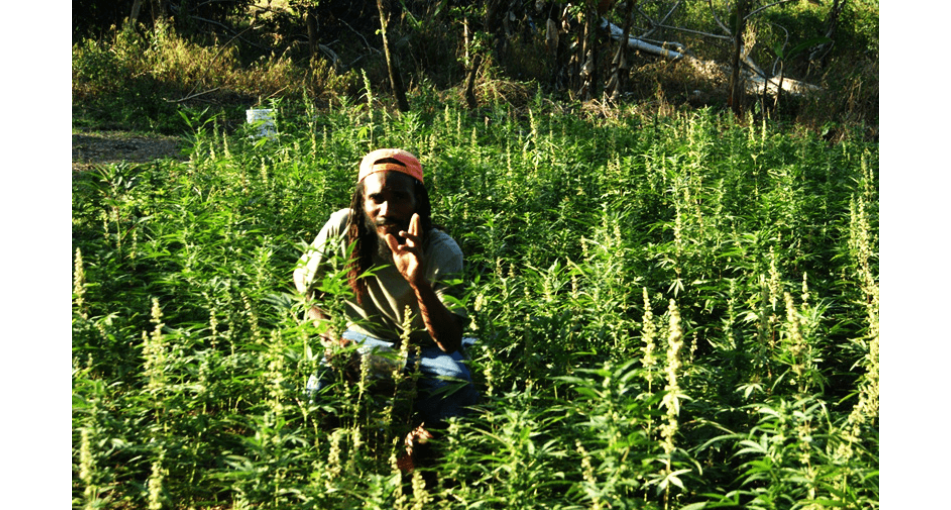
Outdoor growing is not just planting seeds and waiting for the harvest. It is a process that begins even before the first sprout appears. If everything is done correctly, strong, healthy bushes will grow.
Which location is best?
Cannabis plants love direct sunlight. The more light, the more energy for growth. Ideally, 8-12 hours of sun per day. Therefore, the south or southwest side is best. Shade from trees or buildings reduces the yield. If the place is in the shade at least part of the day, it is better to look for another one. Also pay attention to the wind. Strong wind can break branches, especially in large bushes. Leaves begin to dry out, and the bush grows more slowly. It is good if there is natural protection nearby - bushes, trees, a fence.
Moisture is another important factor. Hemp does not like stagnant water. If water stands in the hole after rain, this is bad. The roots will begin to rot. But dry soil is not suitable either. The plant does not receive enough nutrients, even if the soil is fertile. The best option is a small slope where water does not linger, but does not flow away immediately. You should take into account the accessibility of the site. After all, you need to come often - water, feed, inspect. But at the same time, the place should be inconspicuous.
Soil composition
Hemp needs light, loose, breathable soil. Black soil, loam or a mixture of peat and compost are best. If the soil is clayey, the roots suffocate. If it is too sandy, the nutrients are washed out. But both types can be corrected. Sand, humus, and coconut fiber are added to clay. Compost, humus, and vermicompost are added to sand.
Good soil easily absorbs water, but does not hold it for too long. It should be moist, but not wet. If the soil turns into a swamp after rain, drainage is required. If it dries out in a day, more organic matter is needed. It is also important to check the acidity. The optimal pH is from 6.0 to 7.0. If the soil is acidic, you need to add lime or dolomite flour. If it is alkaline, compost or a little peat will help. Before planting, it is advisable to add organic matter:
- humus (preferably two years old);
- compost (homemade or store-bought);
- vermicompost;
- ash (potassium);
- bone or fish meal (phosphorus).
- All this is mixed with the soil 2-3 weeks before planting. This way the nutrients will have time to be absorbed.
How to make a hole correctly
The hole must be well prepared. If it is small, the root system will not develop well, too deep - there is a high risk of water stagnation. The optimal depth is 50-60 cm. The width is 40-50 cm. For large bushes, it is better to make an even larger hole. The plant should grow without restrictions.
Be sure to put drainage on the bottom. It can consist of expanded clay, crushed stone, large branches, old corn stalks. The layer thickness is 10-15 cm. It drains excess water after rains. After drainage, fill in the nutrient mixture:
- 40% compost or humus;
- 30% soil from the site;
- 20% coconut substrate or neutral peat;
- 10% perlite or vermiculite.
You can also add ash, bone meal, and a little lime to the mixture. This improves the structure and balance of the elements. Mix everything thoroughly. Do not fill the hole completely, leave 5-10 cm to the edge. This space will come in handy for mulch. After filling, water well. Let the hole stand for 2-3 days, the soil will settle and the nutrients will be activated.
Companion plants and mulching
It is good to plant companion plants nearby. They repel pests, shade the soil, and improve the microclimate. The best companion plants are:
- basil - repels aphids, smells good;
- calendula - attracts beneficial insects, protects roots;
- nettle - stimulates growth, increases nitrogen content in the soil;
- alfalfa - accumulates nitrogen, loosens the soil;
- mint - interrupts the smell and hides hemp.
They can be sown between rows or around holes. The main thing is that they do not shade the main plant.
Mulching protects the soil from overheating, retains moisture, suppresses weeds, and allows the roots to breathe. The following are suitable for mulch:
- mown grass (slightly dried);
- straw or hay;
- chopped tree bark;
- leaves.
The mulch layer should be 5-10 cm. Do not press it against the stem, leave a small ring without mulch around the base - 2-3 cm. This prevents rotting. The mulch is renewed every 2-3 weeks. The old layer decomposes and nourishes the soil.
No need to save time on preparation. The plant must receive light, nutrients, space for the roots. Then it will be strong, healthy, resistant to diseases.
Smile-seeds online store offers high-quality hemp seeds from reliable manufacturers. The convenient interface of the site helps to quickly choose the right variety. Reliable packaging and prompt delivery across Ukraine are guaranteed.
